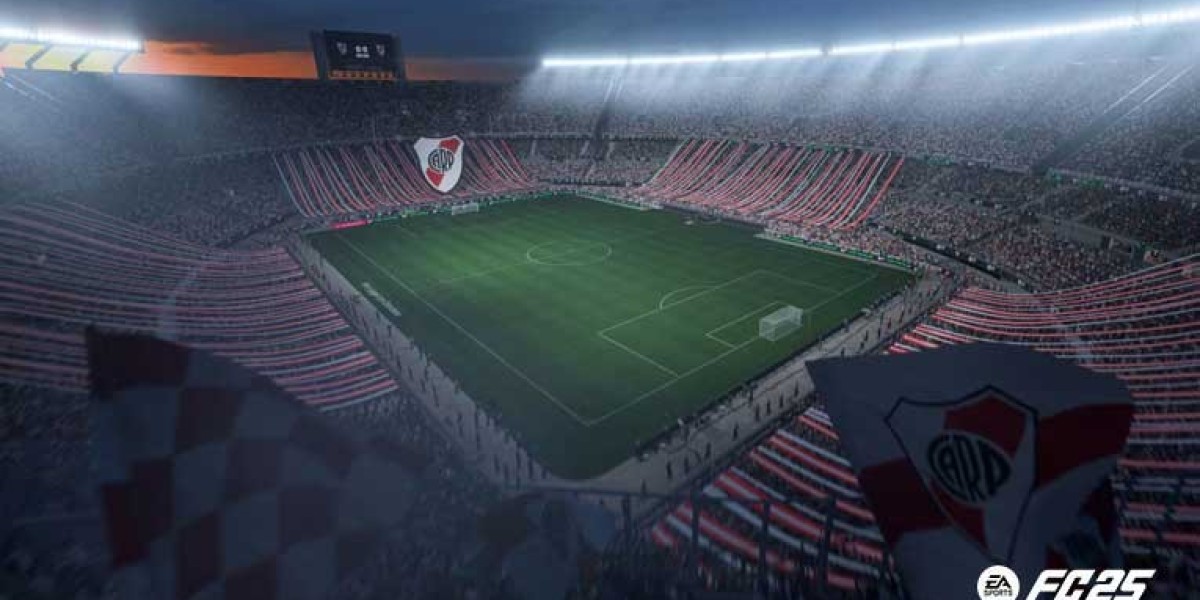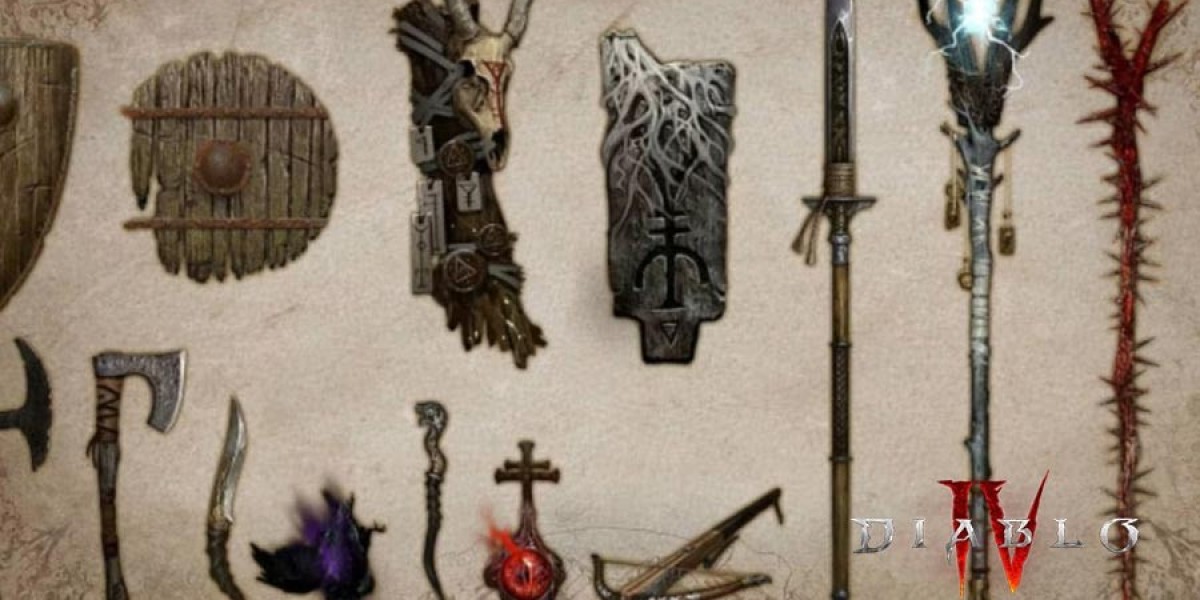What Are Trainer Cards?
Trainer cards represent items, supporters, tools, and other resources that players can use during their turn. Unlike Pokémon TCG Pocket cards, which require Energy to attack, Trainer cards can be played directly from your hand to trigger their effects. They are versatile, adding depth and strategy to the game.
Trainer cards are divided into several categories, each with unique rules and uses.
Types of Trainer Cards
1. Supporter Cards
- What they do: Supporter cards provide powerful, often game-changing effects, such as drawing extra cards, searching your deck for specific cards, or disrupting your opponent’s strategy.
- Limitations: You can only play one Supporter card per turn, making their timing critical.
- Examples:
- Professor’s Research: Discard your hand and draw 7 cards.
- Marnie: Each player shuffles their hand into their deck. You draw 5 cards, and your opponent draws 4.
- Best used for: Strategic plays that can give you a major advantage in the game.
2. Item Cards
- What they do: Item cards are versatile tools that can perform various functions, from healing your Pokémon to searching your deck. You can play as many Item cards as you like during your turn.
- Examples:
- Poké Ball: Flip a coin. If heads, search your deck for a Pokémon and put it into your hand.
- Switch: Switch your Active Pokémon with one on your Bench.
- Rare Candy: Skip the Stage 1 evolution and evolve a Basic Pokémon directly into a Stage 2 Pokémon.
- Best used for: Quick utility and resource management to execute your strategy efficiently.
3. Stadium Cards
- What they do: Stadium cards are placed in the play area and have lasting effects that impact both players. Only one Stadium card can be active at a time, and playing a new Stadium card will replace the current one.
- Examples:
- Path to the Peak: Pokémon with a Rule Box (e.g., Pokémon V, VMAX) have no abilities.
- Training Court: Once during each player’s turn, they may retrieve a basic Energy card from their discard pile.
- Best used for: Controlling the battlefield and creating an advantage for your deck type.
4. Tool Cards
- What they do: Tool cards are a subtype of Item cards that attach to your Pokémon to provide ongoing benefits, such as increasing damage output or reducing damage taken.
- Examples:
- Choice Belt: Increases the damage your Pokémon’s attacks deal to your opponent’s Pokémon V.
- Big Charm: Increases your Pokémon’s HP by 30.
- Best used for: Enhancing the durability or effectiveness of your Pokémon during battle.
Why Are Trainer Cards Important?
Trainer cards are the backbone of every competitive Pokémon TCG deck. While Pokémon deal the damage and Energy powers their attacks, Trainer cards ensure your strategy is consistent and adaptable. Here’s why they matter:
- Resource Management: Cards like Professor’s Research and Quick Ball allow you to draw or search for the resources you need at the right time.
- Battlefield Control: Stadium cards, such as Temple of Sinnoh, can drastically alter the flow of a match by affecting both players’ strategies.
- Versatility: Trainer cards cater to various strategies, whether you want to heal, disrupt, or accelerate your setup.
- Winning Plays: Many game-deciding moments hinge on a well-timed Supporter card or Item card.
How to Build a Balanced Deck with Trainer Cards
When building a deck, it’s essential to include a mix of Trainer cards to support your Pokémon effectively. Here are some tips for balancing Trainer cards in your deck:
Include a Variety of Trainer Types:
- Use a mix of Supporters, Items, Stadiums, and Tools to cover different aspects of the game.
- Example: Include Switch for mobility, Marnie for disruption, and Choice Belt for damage boosts.
Maintain Consistency:
- Cards like Quick Ball and Pokémon Communication help you find key Pokémon faster, ensuring your deck runs smoothly.
Adapt to Your Strategy:
- If your deck focuses on big hitters, prioritize Tools like Big Charm or Vitality Band.
- If you rely on setup, include more draw Supporters like Professor’s Research or Cynthia.
Account for the Meta:
- Keep an eye on popular strategies and counter them with appropriate Trainer cards. For example, if Special Energy cards dominate the meta, include Temple of Sinnoh.








